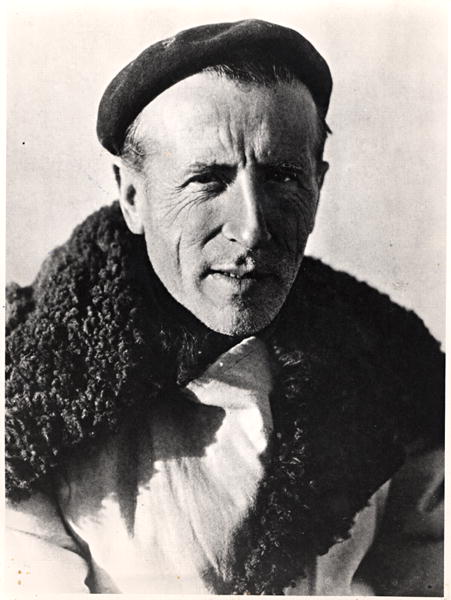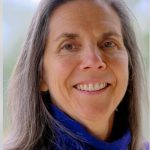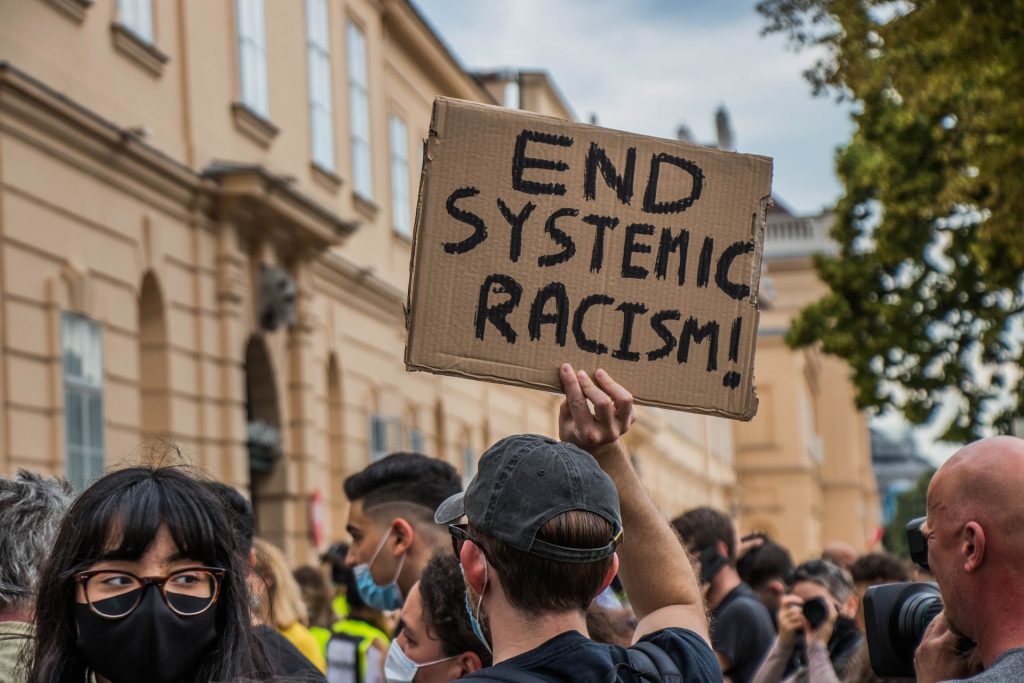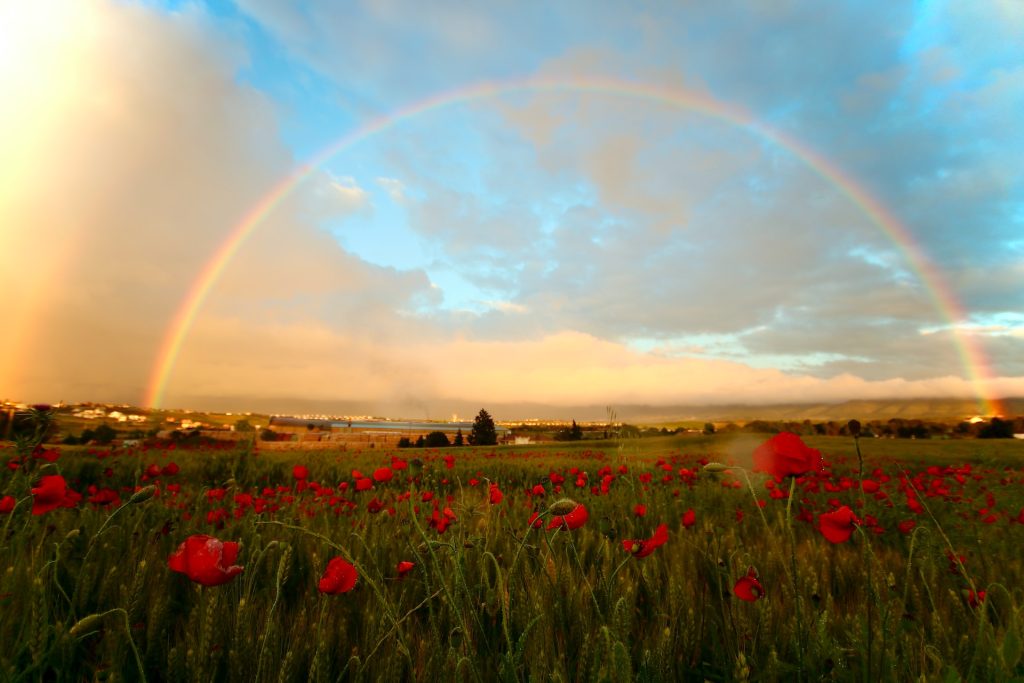Scaffolding for a Thrivable Planet
“This self to which I must be faithful is something that must be kept alive, it must constantly be renewed, and… that life, that renewal, has something to do with childhood.” – Edward Robinson in The Original Vision
In 1954, fourteen-year-old Jean Houston met priest-scientist Pierre Teilhard de Chardin in New York City. Unpublished and unknown outside of scientific circles, she knew him simply as “Mr. Tayer,” and they met regularly to walk in Central Park. It was thus that she found herself awakening ever more to the experience of life and her own life too, as Teilhard coaxed her in what, with hindsight, she describes as “God’s own party.” He did this both via his own manner of dwelling in childlike wonderment, gratitude, joy, and love; and by direct invitation to access her own inner child.

Houston describes Teilhard as seeming to have “absolutely no self-consciousness”; as “always being seized by wonder and astonishment over the simplest things”; and “constantly and literally falling into love…with everything.” He spoke to trees, stones, and even the wind as “dear friends, as beloved even.”
One particular time, the priest invited Jean to regard a tiny green caterpillar closely—both of them literally on their knees to contemplate it. He then asked her if she could feel herself to be a caterpillar, and then to think of her own metamorphosis by considering the question, “What is the butterfly of Jeanne?” She says she felt “primed to the depths” by the way “this infinitely beautiful man” would regard her with openness and love. She wonders, as an adult musing her memories, if it was her own “simplicity and innocence” then that enabled Teilhard to “reveal the fullness of his being” to her.
A child’s life in the beginning is like that of a poet—for a child ingests and engages with the whole self, utilizing every sense, driven to know and bond with all. Effectively a second womb, the world in all its aspects begins at once to both nurture and thwart the newborn’s access to the “mystery of the self.” Gabriel Marcel, in his Homo Viator: Introduction to a Metaphysic of Hope, observes that lack of proper nurturance often stifles access to the inner sanctum of the self, so that it gradually becomes “forbidden.” Writing poignantly of his own experience, Marcel further notes that this “unquestionably comes about in so far as the child that I used to be… dies a little more each day.”
The multiple and life-threatening crises of our times—the tipping point of centuries of humanity’s struggle to rise into its evolutionary capacity—might all wisely be resolved by mindfully awakening, or reawakening, the potentials of early childhood in ourselves. In fact, the child in every person remembers—still seeks to open the mysteries of the self through deep relationship with others and the natural world; and through activity that has its genesis in self-awareness, with what Maria Montessori referred to as the “inner teacher.”
Dr. Montessori and practitioners of that pedagogy* have approached the child as few have done—tenderly and reverentially, with “a learner’s mind”— fully open to receiving and nurturing whatever the child would reveal. Being approached and responded to so mindfully, children soon disclosed their true nature.
Through self-chosen and meaningful activity, engaged as long as desired within a mixed-age community, the children became calm and careful, mindful of one another, and strikingly silent as they became absorbed in their chosen activities. Such silence arises spontaneously as the inner and outer selves establish “points of contact,” allowing for integration and emergence of the “whole child.” This is the natural contemplative state of a person of peace. Montessori was astonished when she observed this state arising in the very young. When, from birth, the child is allowed engagement with the world around him, participating in what he finds meaningful and desires to do, the link between volition and action, inspiration and work is established, and the fullness of human potential is served. Montessori noted…
“I did not invent a method of education,
…………………..I simply gave some little children the chance to live.”
Adults innately seek the same—what Barbara Marx Hubbard names “vocational arousal”—to engage one’s vital life force to serve in the world. This proceeds from the state of being love and being in love. The young child is recognized as the ambassador of love. How is this most desirable quality nurtured and encouraged forward into adult life?
Love is the primal desire to know and to be known, to see and to be seen. It is the force of attraction all the way up and down the evolutionary scale— engaged with intention in the human experience. It is nourished by the child’s propensity to wonderment, which is readily enkindled through direct engagement with the natural world. Mother Earth is clearly meant to serve as second womb, “Terra Placenta” for each of her newborn children. She welcomes each person as indigenous and at home here—to be nurtured, in right relationships, and contributing uniquely as part of the whole.
When wonderment is nurtured in this way, love expands while joy and gratitude flow. Later, the satiation is so great that a fountain of desire spills forth—in giving and sharing with others as the child grows.
“There is no one in the world like you, and I like you just the way you are.” Fred Rogers’ affirmation warms and encourages every child of every age. By internalizing this truth, the child’s potential is served to create community and co-create to regenerate the planet. This is the opportunity present within the very beginnings of human life.
*Notably Dr. Sofia Cavaletti and Gianna Gobbi, who focused on the child’s spiritual capacities.
From Godspeed: The Journey of Christ (1988)
Dr. Jean Houston is author and leader in the Human Potential Movement.







Our Imperative Awakening To Thrivability This Century
(By Tex J. G. Albert – Laval, Québec 19-02-2021 – In collaboration with Annie Spade and complementary to her essay “Scaffolding for a Thrivable Planet – On Releasing the power of Childhood” )
Beyond missions, strategic plans, and projects, even well before, there are individuals… especially the children and, lest we forget, always in each of us adults, the child.
…
https://thrivableworld.mn.co/posts/our-imperative-awakening-to-thrivability-this-century-tex-j-g-albert-laval-quebec-19-02-2021
Access freely: https://www.facebook.com/photo/?fbid=4307731685972432
‘Our Imperative Awakening To Thrivability This Century’
Thank you, Tex.
Cordial gratitude to you Rhonda in your discerning and inspiring editorial role. You, at Kosmos Journal, are most welcome.
It’s a great honor, even humbling privilege for Annie Spade and I, that Kosmos is sharing with readers the modest synergistic articulation of our reflections on some of the soul-quaking challenges we human beings, at the current vital threshold of our existence, are facing at so many levels – as individuals, as well as families, communities and nations.
Mahalo Rhonda i.e. my sincere profound gratitude, respect, and reverence, for your effective presencing in Presence…
sincerely, tx